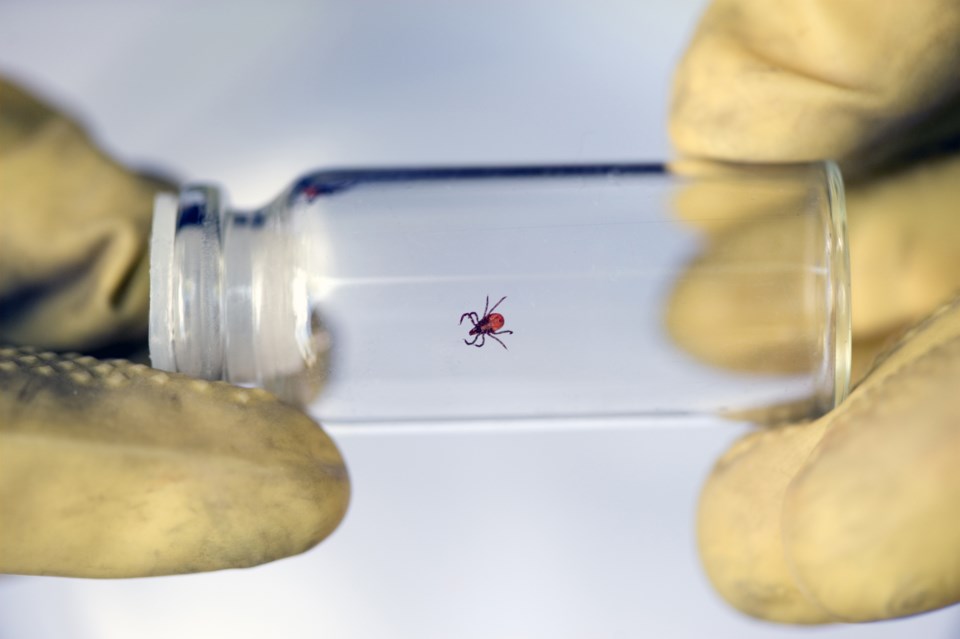NEWS RELEASE
YORK REGION PUBLIC HEALTH
**************************
The Regional Municipality of York fall tick surveillance results confirm blacklegged ticks are present in the vicinity of the Boyd Conservation Area and Kortright Conservation Area in the City of Vaughan.
The ticks will be sent to the National Microbiology Lab in Winnipeg to determine if they carry the Borrelia burgdorferi bacteria that can cause Lyme disease. Blacklegged ticks were previously found through active tick surveillance in these locations in fall 2017 and spring 2018.
“It is important to be vigilant about tick surveillance, but remember not all blacklegged ticks are infected with the Borrelia burgdorferi bacteria. Not all tick bites will spread Lyme disease,” said Dr. Karim Kurji, York Region’s Medical Officer of Health. “Residents should also know Lyme disease is not spread from person-to-person. It comes from infected ticks within the first 24 hours of attachment.”The Region advises residents who spend time in forests and wooded or brushy natural areas to take precautions when enjoying the outdoors this season.
Keep these tips in mind when visiting wooded or brushy natural areas:
- Wear light-coloured pants, long-sleeved tops, closed footwear and tuck your pants into your socks
- Use an insect repellent containing DEET or icaridin
- Search your body for ticks, especially the groin, scalp, back and underarm areas and quickly remove attached ticks; visit york.ca/lymedisease for instructions on how to safely remove ticks
- You may be able to wash off unattached ticks by bathing or showering as soon as possible after coming indoors
- Check your pets for ticks
York Region Public Health conducts active tick surveillance each spring and fall and passive tick surveillance year-round. The Lyme disease web page is continually updated with locations of where blacklegged ticks are found.
More information on Lyme disease, personal protection and tick removal is available at york.ca/lymedisease or by contacting York Region Health Connection at 1-800-361-5653; TTY 1-866-512-6228.
The Regional Municipality of York consists of nine local cities and towns, and provides a variety of programs and services to 1.2 million residents and 51,000 businesses with 620,000 employees. More information about the Region’s key service areas is available at york.ca/regionalservices
**************************



